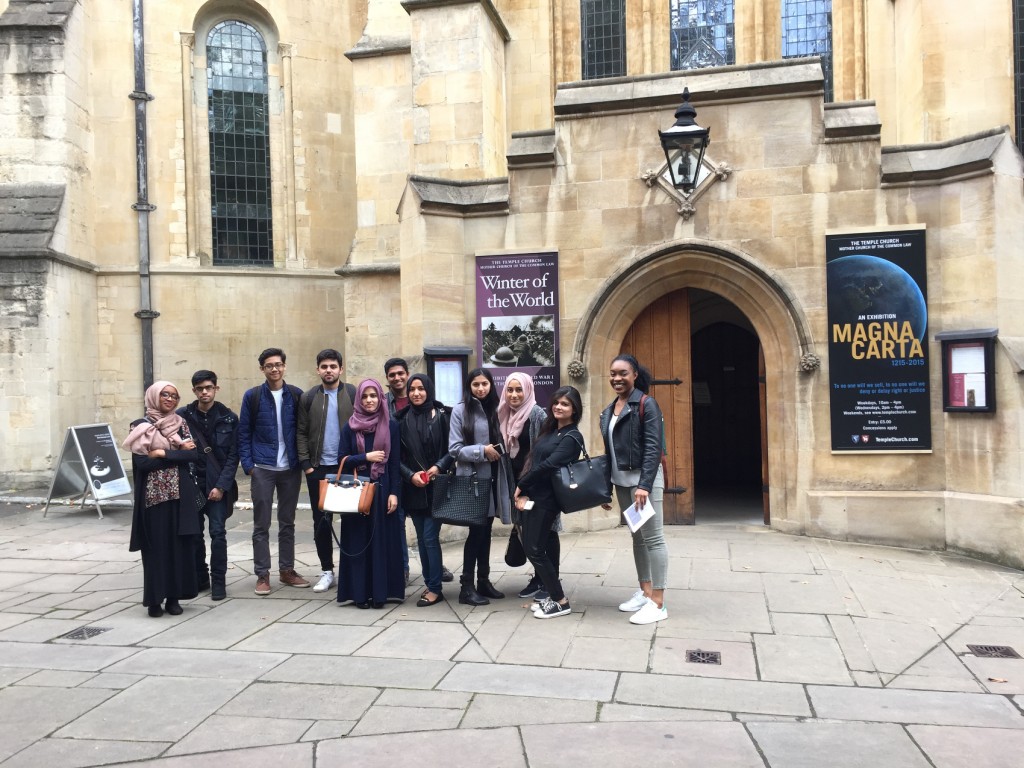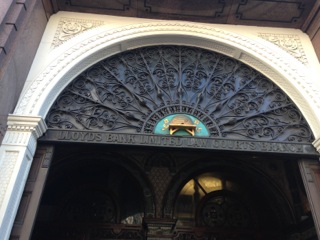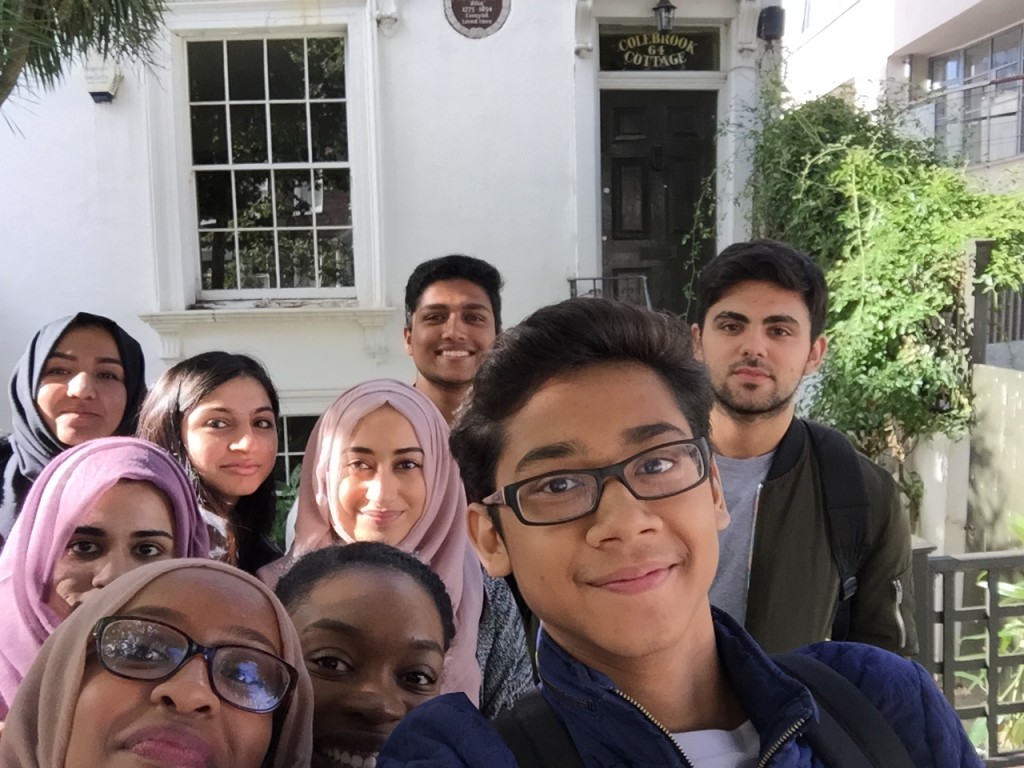Navigating Legal London
All of our first year law undergrads took part in an exercise in week one of their LLB where they escaped City and went to visit a number of buildings of significance in the local area, before tackling some research questions.
They were then asked to write a blog post inspired by their travels. 21 winners were selected from all those posts submitted – this is one of those – thanks to Zaynab Khan.
It wasn’t a usual Friday morning, today was slightly different. Where I would have been enjoying a nice warm coffee from Costa whilst waiting for my lecture to begin, I was instead planning the best routes to four specific destinations around Islington, all in some way linked to law. After much deliberation, we set off in our groups. Armed with a notebook, our map and of course – a nice warm coffee (take away coffee today); we made our way over to our first two destinations – Temple Church and Middle Temple Hall.
 Upon arriving, what stuck me first was the magnificent design of the Temple Church. It felt as though I had been taken back into the 12th century when it was built by the Knights Templar. One thing that interested me the most about Temple Church was its close link to the Magna Carta.
Upon arriving, what stuck me first was the magnificent design of the Temple Church. It felt as though I had been taken back into the 12th century when it was built by the Knights Templar. One thing that interested me the most about Temple Church was its close link to the Magna Carta.
It was in the Temple Church that King John was confronted that he must subject himself to the rule of a charter.
To think one of the most famous documents in the world began a short journey away from City University really brought history to life. Walking around the areas in which such topics were discussed was truly an experience.
A short bus journey away (and a cold coffee later), we arrived at Middle Temple Hall – one of the four historic Inns of Court. Unfortunately for us, it was closed for public viewing, however that did not stop us from admiring the stunning architecture outside. Today, the Inns are mostly occupied by barristers’ offices. A major function is providing support to new members of the law profession. Walking through the narrow streets, we began discussing just what it would be like to be a barrister in training, working in such a prestigious institution which is both ancient but modern at the same time. Stepping out of our visions for the future and into the present tense, we made out way to our third destination – Lloyds Bank, Law Courts Branch.
 Opposite the Royal Courts of Justice stood the famous Lloyds Bank – Law Courts Branch. What I loved most about this building was the contrast between an ancient building erected in 1883 and the busy, modern hustle and bustle of inner city streets.
Opposite the Royal Courts of Justice stood the famous Lloyds Bank – Law Courts Branch. What I loved most about this building was the contrast between an ancient building erected in 1883 and the busy, modern hustle and bustle of inner city streets.
Initially this was a restaurant for the law courts which I found extremely interesting. The décor alone left us amazed – it was by far the most decorative bank I’ve certainly been to!
The last destination was probably the most thought provoking. 64 Duncan Terrace: the home of the famous essayist Charles Lamb and his sister Mary Lamb. Across their time, they both suffered periods of insanity. However, in 1796, Mary killed her mother with a table knife. Charles had taken blame for his sister and both lived in this house together where Mary was said to have made a full recovery. As we stood outside, I felt a strange, eerie atmosphere around the abandoned house, however slightly unsure as to why, we took our group photo and called it a day.
 As we headed back to the university, our last destination had definitely got me wondering. There was something about the fact that Charles had taken blame for his mother’s murder and had essentially ‘hid’ his sister in this home that I couldn’t stop thinking about. At the time there was no defence of insanity, however the jury returned a verdict of lunacy which was essentially how she was freed – on the grounds that Charles take responsibility for the murder.
As we headed back to the university, our last destination had definitely got me wondering. There was something about the fact that Charles had taken blame for his mother’s murder and had essentially ‘hid’ his sister in this home that I couldn’t stop thinking about. At the time there was no defence of insanity, however the jury returned a verdict of lunacy which was essentially how she was freed – on the grounds that Charles take responsibility for the murder.
A life without the defence of insanity? The leading case on insanity (M’Naghten case) came just under 50 years after this incident and I couldn’t help but wonder how many people were possibly given life while the courts disregarded their mental state, or even if they did consider it – there was a condition.
Overall, our day was very interesting. Having travelled around the area to these key places, we became more excited and eager to start out law degree. This exercise taught me that law isn’t just a discipline, it is a feeling. We are surrounded by it – certain places you go can take you back in history, giving you a real insight into the lives of law folk who lived and learnt hundreds of years ago. A wonderful experience!
